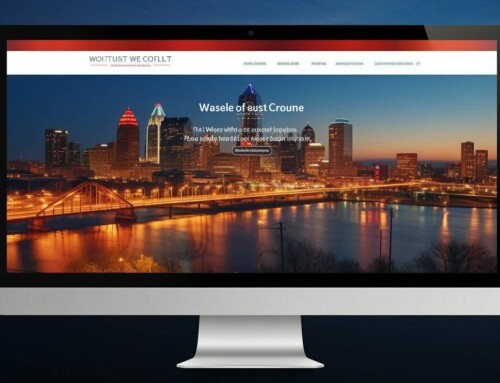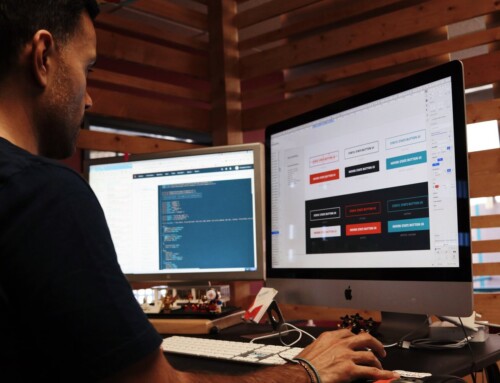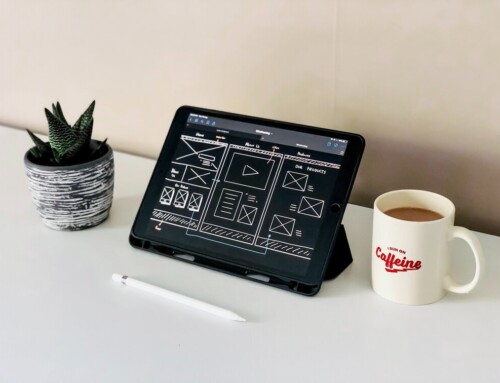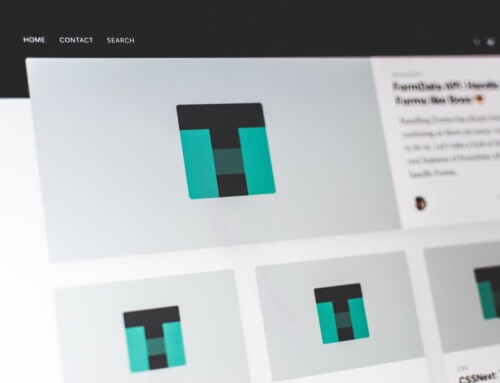In today’s digital era, websites play a pivotal role in shaping the perception of businesses and capturing the attention of their target audiences. Through strategic web design, companies can create memorable brand experiences by combining elements like logos, colors, fonts, and images that differentiate them from competitors and leave a lasting impression on viewers. In this article, we will delve into the multifaceted importance of web design, exploring its impact on responsive design, user experience, and conversion optimization.
Responsive Web Design: Meeting Users’ Expectations Across Devices
With the widespread adoption of mobile devices, it has become crucial for websites to adapt to various screen sizes and resolutions. Responsive web design ensures that your website provides an optimal viewing experience regardless of the device used, whether it’s a desktop computer, a smartphone, or a tablet. By employing fluid layouts and CSS media queries, responsive design enables seamless navigation and content display, enhancing user satisfaction and engagement.
User Experience: Creating Intuitive and Delightful Interfaces
A well-designed website focuses on delivering an exceptional user experience (UX) that goes beyond aesthetics. By prioritizing intuitive navigation, clear information architecture, and easily accessible content, you can guide visitors seamlessly through your website, helping them find what they need effortlessly. Moreover, strategic placement of call-to-action buttons, engaging visual elements, and relevant multimedia content can captivate users, increasing the likelihood of conversions and achieving your business goals.
Loading Time Optimization: Speed Matters
In today’s fast-paced digital landscape, speed is paramount. Slow-loading websites can frustrate users and lead to high bounce rates. By optimizing your web design for faster loading times, you enhance the overall user experience, improve search engine rankings, and boost conversion rates. Techniques such as image optimization, code minification, and efficient caching mechanisms contribute to a swift and responsive website that keeps visitors engaged and satisfied.
Effective First-Fold Design: Captivating Visitors from the Start
The first fold of a website refers to the visible portion of the page without scrolling. This prime real estate is where visitors form their initial impression of your brand. An effective first-fold design strategically combines essential elements to create a compelling and engaging experience. By incorporating your brand’s logo, captivating hero images, concise introductory text, and prominent call-to-action buttons, you can entice visitors to explore further, maximize conversions, and achieve business objectives.
Brand Consistency: Building Trust and Recognition
Consistency in web design is key to establishing a strong brand identity and fostering trust with your audience. By maintaining visual consistency across your website, including typography, color schemes, and imagery, you create a cohesive and memorable brand experience. Consistency reinforces your brand’s professionalism, reliability, and credibility, while also enabling visitors to easily recognize and recall your brand across different online platforms.
Conclusion
Web design plays a pivotal role in shaping the success of a website. By embracing responsive design principles, focusing on user experience, optimizing loading times, crafting effective first-fold layouts, and maintaining brand consistency, businesses can create visually stunning, intuitive, and conversion-driven websites. By investing in professional web design, you lay the foundation for a strong online presence and establish a competitive edge in the digital landscape.















